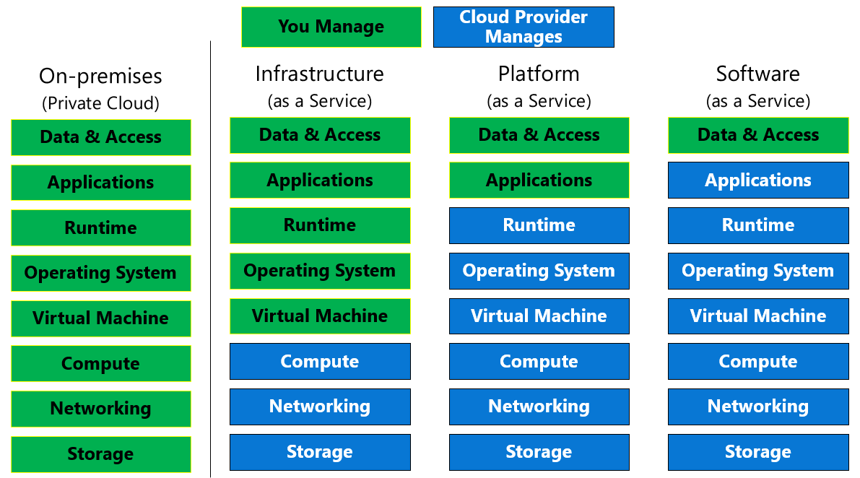In this blog, we explore your options for on premises file servers that are either on old hardware, or operating systems that will shortly become unsupported.
This blog explains what the cloud has to offer, as far as migration and elasticity, and how this can prepare your business for the future.

Meet Russell. An experienced Microsoft Azure Architect and Senior M365 Consultant with over 20 years in the IT industry covering several sectors including Healthcare Government, Blue Light and Private enterprises. Highly focused on delivering change, innovation and exceptional end user experience by working with customers to get the best solution to the challenges they have. Russell has impeccable attention to detail and a genuine passion for innovation and technology.
Russell’s specialisms include Microsoft Azure, Microsoft 365, Exchange, Identity & Access Management, Modern Desktop with Microsoft Endpoint Manager, InTune, Telecoms, Networking, IaaS, PaaS, SaaS and Virtualisation technologies.
The workplace
The number of hybrid workers in the UK increased in 2022*.
The most common reason for using or planning to use home working as part of a permanent business model was improved staff well-being (60%), followed by reduced overheads (43%) and increased productivity (41%)*.
*Source: Office for National Statistics – Business Insights and Conditions Survey (BICS)
It’s impossible to manage and support the 2023 workforce with a 2019 infrastructure.
Business leaders need to reimagine the way they work and provide technology that supports all the ways that people want to work today.
Microsoft Azure can help you to empower a digitally connected workforce, simplify IT management and reduce costs.
File Server Solutions in the Microsoft Cloud
There are 3 primary options from Microsoft to solve this problem:
- SharePoint Online – a SaaS (Software as a Service) offering that is designed to store and collaborate on productivity files (Word, Excel, Images, Videos etc.)
- Azure Files – a PaaS (Platform as a Service) offering that provides a traditional File Share which you would find on your File Server, but without the complication, patching or the management overhead of having an Operating System
- File Server in Azure – an IaaS (Infrastructure as a Service) solution that provides the traditional File Server in the cloud as a VM (Virtual Machine)
As a general rule, you want to offload as much management as possible to Microsoft and focus on getting the best usage out of the platform. SaaS solutions are fully managed by the Cloud Provider (Microsoft in this case). In contrast IaaS solutions, the Cloud Provider only managed Compute, Networking, and Storage generally. PaaS solutions sit in between these two.
Remember there is a cost to managing this environment which offers economies of scale, if you can offload as much management to the Cloud Provider.

SharePoint Online
SharePoint, OneDrive and Microsoft Teams offer an unparalleled collaborative suite of solutions to store your files, that are globally accessible and highly secure.
There is no need for any infrastructure on premises, as users would consume the technology from their PCs (or Macs). There are advanced sharing and security capabilities to share internally or externally with partners, suppliers, or customers. SharePoint is globally accessible, and it’s secure.
Azure Files
This offers the best option for having your File Share in the cloud, but with the added benefit that you can have multiple office locations, each with a local cached copy of the files to give the same performance as if you had an on premises file server.
The added benefit of Cloud Tiering means that (based on policy) you could offload “cool” files, not accessed recently, to the cloud, while keeping “hot” files locally for performance. This delivers elasticity, so that the cloud can grow when you need it to, without having the expense of large local file servers, replicating data between themselves.

As there is no Operating System to manage, there is nothing to patch – its all managed by Microsoft leaving you to focus on what really matters.
Azure Files usually has its storage in a specified region, but you can have other copies of this data in other regions, or replicate the same source data to on premise cache servers globally.
File Server in Azure
Another option would be to create your File Server with File Shares in Microsoft Azure. It might be that you have DFS (Distributed File System) and wish to continue to use and extend this model from multiple offices to the Cloud. This would be the more traditional approach and carries forward the requirement of managing the Operating System etc. However for some organisations there might be compliance requirements that govern this (e.g. certain applications to run on the File Server to manage/monitor/compliance/regulatory checks). This would reside within one Azure region.
Pros & Cons
In technology, as with life, one size doesn’t always fit all.
The table below helps with some of the pros and cons, but these are subject to your tailored needs as an organisation. Do reach out to us if you need help to find the right solution for your organisation.
| Solution | Pros | Cons |
|---|---|---|
| SharePoint Online |
|
|
| Azure Files |
|
|
| File Server in Azure |
|
|
Think strategy
Taking the above table into consideration, it’s important to think about strategy.
SharePoint might be the right solution, but perhaps the timescales are too long, as the business needs engagement first.
So, perhaps there’s an intermediate step, for example;
- Migrate to Azure Files, with a local caching server, allowing you breathing space away from the aging/low-capacity File Server.
- Assess and Migrate from Azure Files into SharePoint at a later date (perhaps department by department), and what make sense to leave on Azure Files, leave it there.
Remember you only need the on premises caching server for Azure Files to provide fast, low latency access to file data for users. You may not require this infrastructure on premises.
What do I do with my old on premises File Server?
Well, we now understand three clear options ahead of us, and that perhaps one of them is the right choice, or maybe a hybrid approach. Either way, there’s a clear benefit to moving to the cloud and reducing the burden on on premises infrastructure.
There are considerations around both management and costs, both during the migration phase and ongoing.
Our users aren’t 2019 users anymore, we need to offer them 2023 solutions.
We’d love to talk about this more
Hopefully, this blog has provided useful insights into the options, but as always the devil is in the detail.
If you’re considering whether your on premises solution meets the needs of your workforce, please feel free to reach out. We would be very happy to have a no-obligation conversation, to understand how we can put you on the right track – contact us.
*Source: Office for National Statistics – Business Insights and Conditions Survey (BICS)






